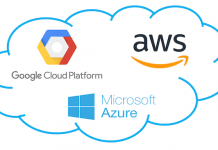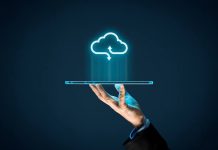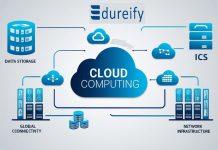The great advancements and the data skills that need to be possessed by every person has made some of the courses in great demand. Edureify, the best AI learning app has brought some great online coding bootcamp courses which will help you in acquiring the data skills and excelling in the field of data science.
Edge Computing-Concepts and Applications
A distributed computing paradigm called “edge computing” brings computation and data storage closer to the data sources. This should reduce bandwidth usage and speed up response times. Rather than being a particular technology, it is an architecture. It is a type of distributed computing that is topology- and location-sensitive.
The concept of edge computing was first introduced in the late 1990s when content dispersed networks were developed to provide web and video content from edge servers placed close to users.
The first commercial edge computing services were created as a result of these networks’ evolution to host applications and application components at the edge servers in the early 2000s. These applications included dealer locators, shopping carts, real-time data aggregators, and ad insertion engines. Cloud computing is another concept which is emerging gradually. You must know about its core concepts and features to try your hands on that too.
What exactly is a network edge?
The location of the device’s or its local network’s connection to the Internet is known as the network edge for Internet devices. The term “edge” might be a bit ambiguous; for instance, a user’s computer or the processor within an IoT camera may be regarded as the network edge, but so may the user’s router, ISP, or local edge server. The key insight is that, in contrast to origin servers and cloud servers, which may be physically remote from the devices they connect with, the network edge is located adjacent to the communication device.
What sets edge computing apart from Cloud Computing?
The original computers were big, clunky devices that could only be used directly or through terminals, which were essentially extensions of the computer. The development of personal computers allowed for a far more decentralized method of computing. Personal computing once predominated as the main computing model. Applications were used and data was kept locally, perhaps in an on-site data Centre, on a user’s device.
A more recent innovation, cloud computing, provided a variety of benefits over traditional locally based, on-premise computing. Cloud services can be accessible from any device via the Internet and are centralized in a vendor-managed “cloud” (or group of data centers). You can learn more about cloud computing top interview questions and answers available at Edureify.
What other applications of edge computing might there be?
A wide range of products, services, and applications can incorporate edge computing. Several options include:
- Monitoring security systems: This is one of the best applications for monitoring the security systems.
- IoT devices: For more effective user interactions, smart devices that connect to the Internet can benefit from running code locally rather than on the cloud.
- Autonomous vehicles: Autonomous vehicles must react instantly without waiting for commands from a server.
- More effective caching: An application can tailor how material is cached to more effectively serve content to users by running code on a CDN edge network.
- Devices used for medical monitoring: must react immediately without waiting to hear from the cloud. Along with the edge computing, these applications can be handled only when you know about various online coding courses.
Frequently Asked Questions (FAQs)
Q:- What is edge computing?
Ans:- Edge computing—or just “edge”— moves computer storage and processing (now often just called “compute”) to the edge of the network. This is where it is closest to users and devices and most critically, as close as possible to data sources.
Q:- What is an example of edge computing?
Ans:- One of the most cutting-edge applications of edge is frictionless store checkout in retail, allowing customers to pick up items off the shelves and walk out the door, getting checked out without waiting in line.
Q:-What is the main purpose of edge computing?
Ans:-The purpose of edge computing is to bring your applications closer to where the data is created and action must happen. When you do this, you can achieve much faster response times (very low latency from when an event happens until a response occurs).
Q:- Who uses edge computing?
Ans:- There are two broad categories of users who require edge computing technology: Network managers and systems integrators who need drop-in connectivity to link devices across their IoT networks and quickly establish edge computing functionality for optimal system performance and data management.
Master Your Coding Skills with BootSelf AI
If you're looking to enhance your coding abilities and upskill in artificial intelligence, look no further than the BootSelf AI app. This innovative platform provides AI-based coding lessons that are tailored to your individual learning pace.
Available on both iOS and Android, you can download the BootSelf AI app and start mastering coding skills today:









